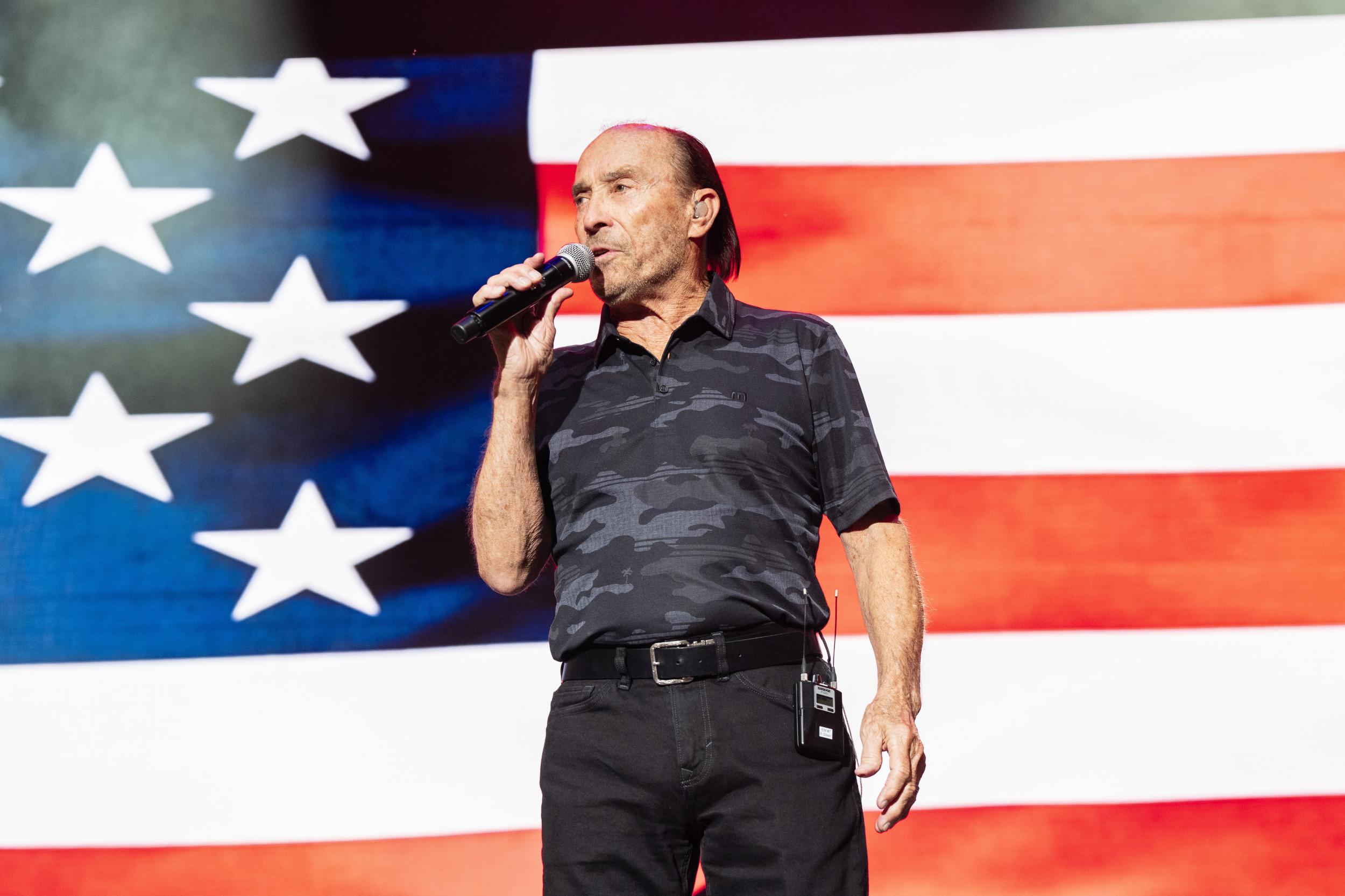The United States Food and Drug Administration (FDA) has banned Red Dye No. 3, citing concerns over the ingredient as a significant cancer risk. The ban will take effect in January 2027 or 2028, giving companies time to phase out the use of the chemical from food or ingested drugs, respectively.
Why It Matters
Red Dye No. 3, also known as FD&C Red No. 3 or erythrosine, is a synthetic food coloring derived from petroleum that has been used since 1907 to give foods and drinks a vivid red hue.
Red Dye No. 3 is a more selectively used dye. Red 40, Yellow 5 and Yellow 6 account for 90 percent of food dyes commonly consumed in the U.S., according to Rupa Health, a health laboratory.
The dye has been used for everything from candy to fruit snacks to baked goods and some beverages, particularly food products with a strawberry flavor, such as Yoo-hoo Strawberry Drink or Betty Crocker's Fruit by the Foot.
Why Did The FDA Ban Red Dye No. 3?
Health advocates scored a major win on Wednesday when the FDA announced that it would ban the use of the dye. The ban resulted from a petition made in 2022 about the additive, which prompted a review of the legality of allowing the chemical to remain in use.
In a press release titled "FDA to Revoke Authorization for the Use of Red No. 3 in Food and Ingested Drugs," the FDA said that "as a matter of law," it has amended its color additive regulations to ban Red No. 3.
The FDA argued that while Red Dye No. 3 has been linked to cancer in male rats exposed to it at high levels, research has found that "the way FD&C Red No. 3 causes cancer in male rats does not occur in humans" and exposure levels for humans are "typically much lower than those that cause the effects shown in male rats."
However, the petition specifically asked whether the dye should be banned under the Delaney Clause, enacted in 1960 as part of the Color Additive Amendment to the FD&C Act. The clause prohibits the authorization of a food or color additive if it has been found to induce cancer in humans or animals.
The FDA already banned Red Dye No. 3 from cosmetic products in the 1980s after studies linked it to cancer in lab rats, even though no conclusive evidence has yet connected it to cancer in humans. Other countries have, however, banned its use, such as Australia and Japan.

What Foods, Drinks Have Red Food Dye?
Mainly, the dye appears in candy, baked goods, dairy and frozen desserts, fruit products, beverages and some medications or supplements.
Candies that use the dye include Pez Candy Assorted Fruit, Dubble Bubble Original Twist Bubble Gum, Brach's candy corn, Jelly Belly Candies and Trolli Sour Crunchy Crawlers.
Entenmann's Little Bites Party Cake Mini Muffins and Betty Crocker Fruit by the Foot are two of the most well-known products that use Red Dye No. 3, as are maraschino cherries and some fruit cocktail products.
Cookies sold with red icing or decoration also often use the dye, as do strawberry-flavored milk, certain ice cream flavors and frozen yogurts, and ice pops and frozen fruit bars.
Hartford Healthcare advised that Red Dye No. 3 also appears in some sodas and juices.
What Are The Side Effects Of Red Dye No. 3?
Critics of Red Dye No. 3 argue that the main concern with its use is a possible cancer-causing activity in addition to potential thyroid dysfunction.
Some studies even found an "increased association between Red Dye No. 3 consumption and an increase or exacerbation of ADHD symptoms in children," Contemporary Pediatrics reported.
"What was interesting is they also found in a majority of these studies was that correlation was statistically significant," Jamie Alan, an associate professor in Michigan State University's Department of Pharmacology and Toxicology, told the outlet.
How To Avoid Red Food Dye
The best way to avoid harmful chemicals or any chemicals of concern is to eat "whole and unprocessed" food, according to Hartford Health.
Consumers can also see if the dye is listed on products on their nutrition or ingredient labels, though some have argued that current labeling on food products as "healthy" or "natural" can end up misleading, meaning that consumers must be careful in their examination.
What People Are Saying
Ken Cook, president of the Environmental Working Group, in a press release: "Today's action by the FDA marks a monumental victory for consumer health and safety."
Dr. Mark Hyman of Cleveland Clinic's Center for Functional Medicine, on X, formerly Twitter: "This is great news and a good start! Red No. 3, a petroleum-based dye linked to cancer, has finally been banned from our food—35 years after it was banned in cosmetics."
"Why has it taken so long to prioritize public health over profits? It's time to reimagine our entire food system, starting with removing harmful chemicals and focusing on real, nourishing foods," Hyman wrote.
What Happens Next
Companies will have until January 15, 2027, to remove Red Dye No. 3 from their food products or January 18, 2028, from their ingested drug products. Food imported to the U.S. must comply with this requirement, even if it comes from a country where Red Dye No. 3 is legal.




















 English (US) ·
English (US) ·